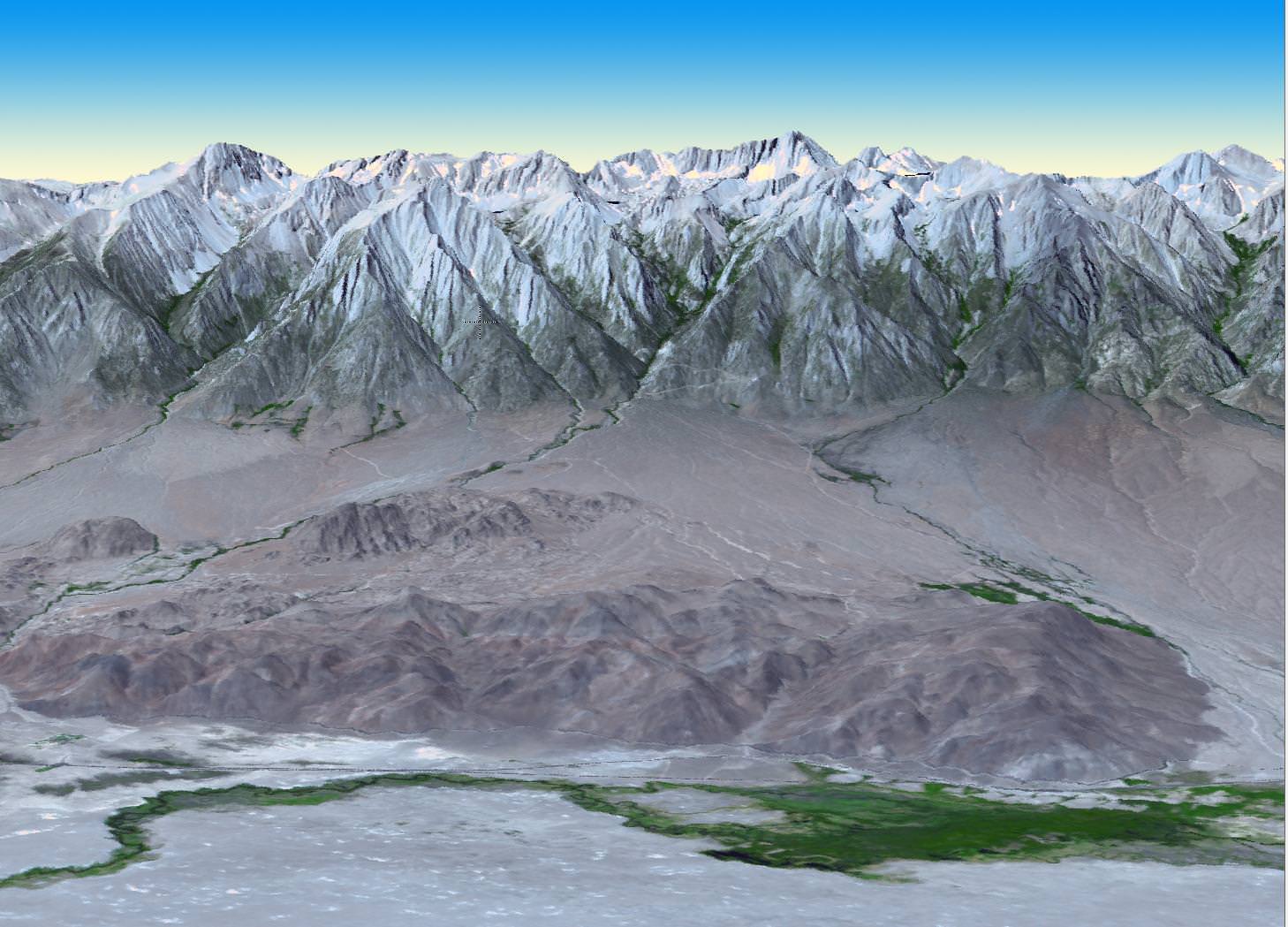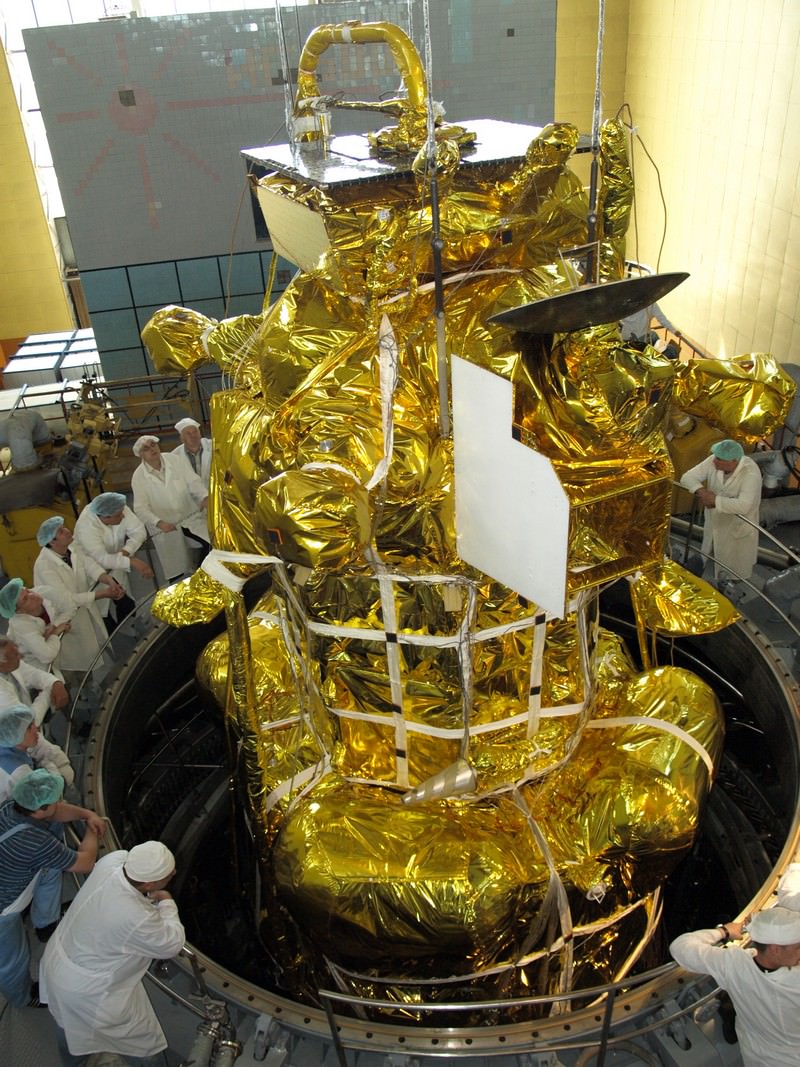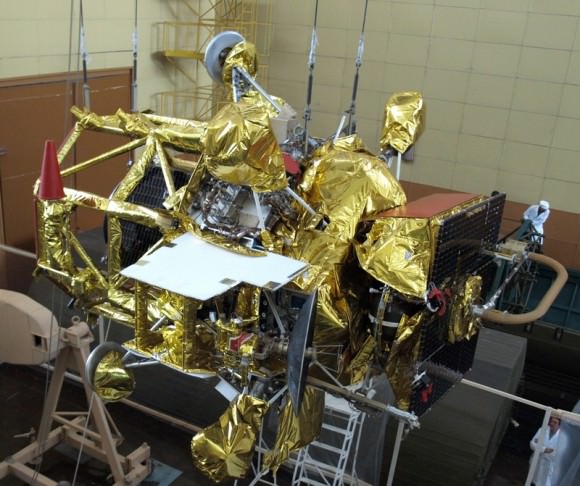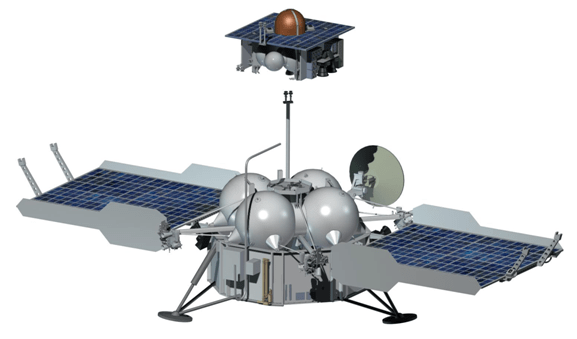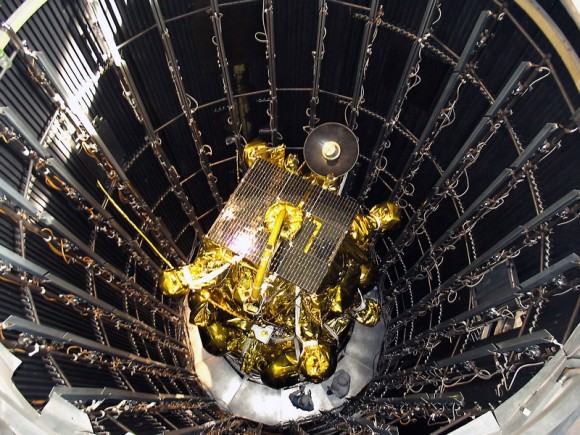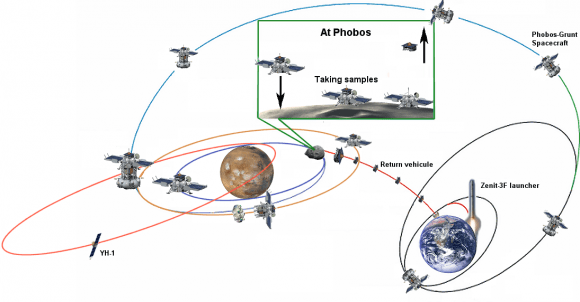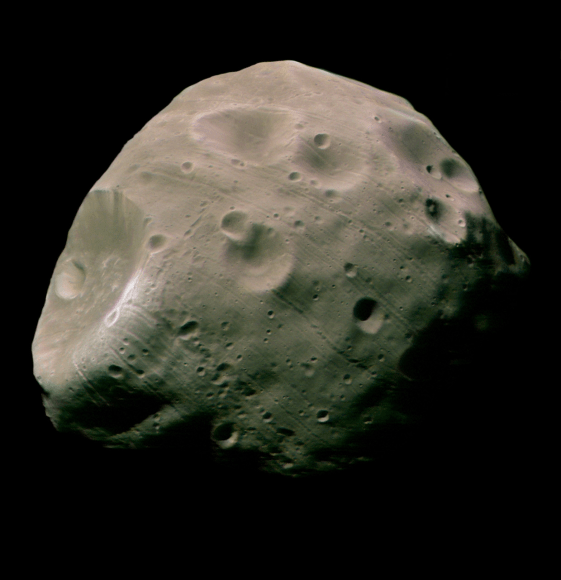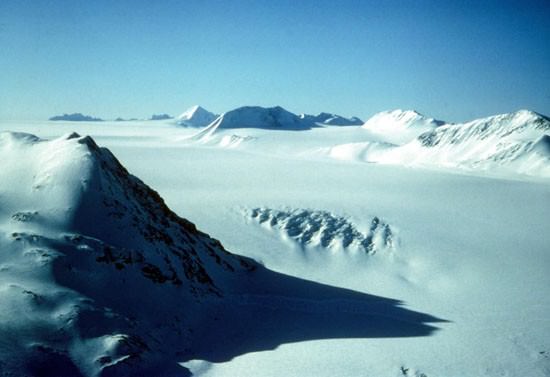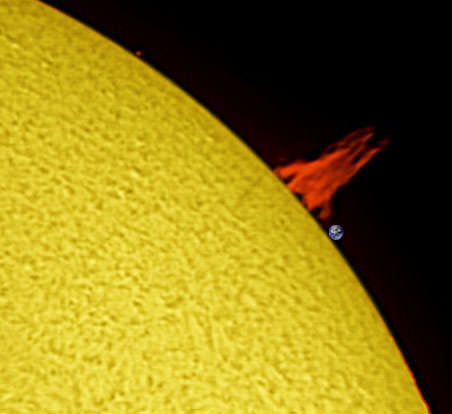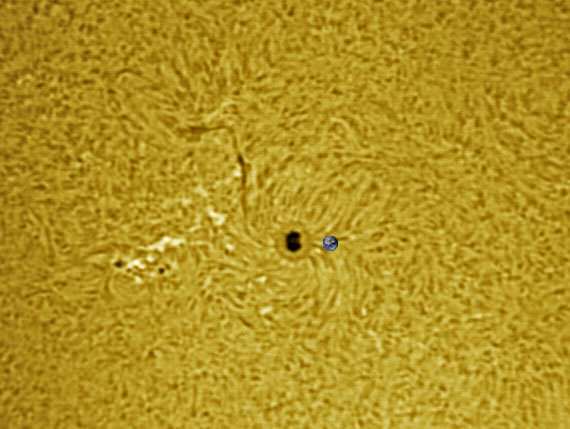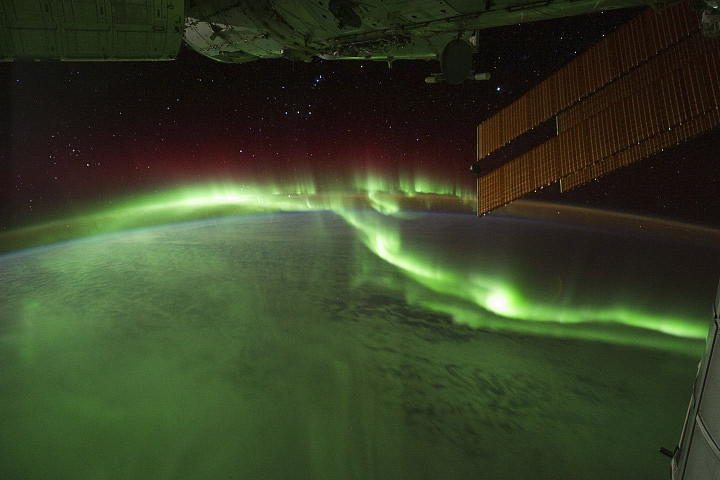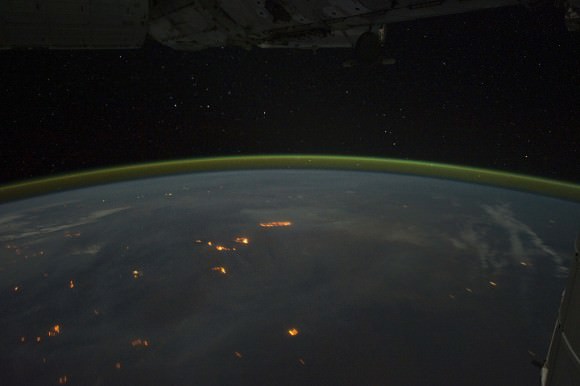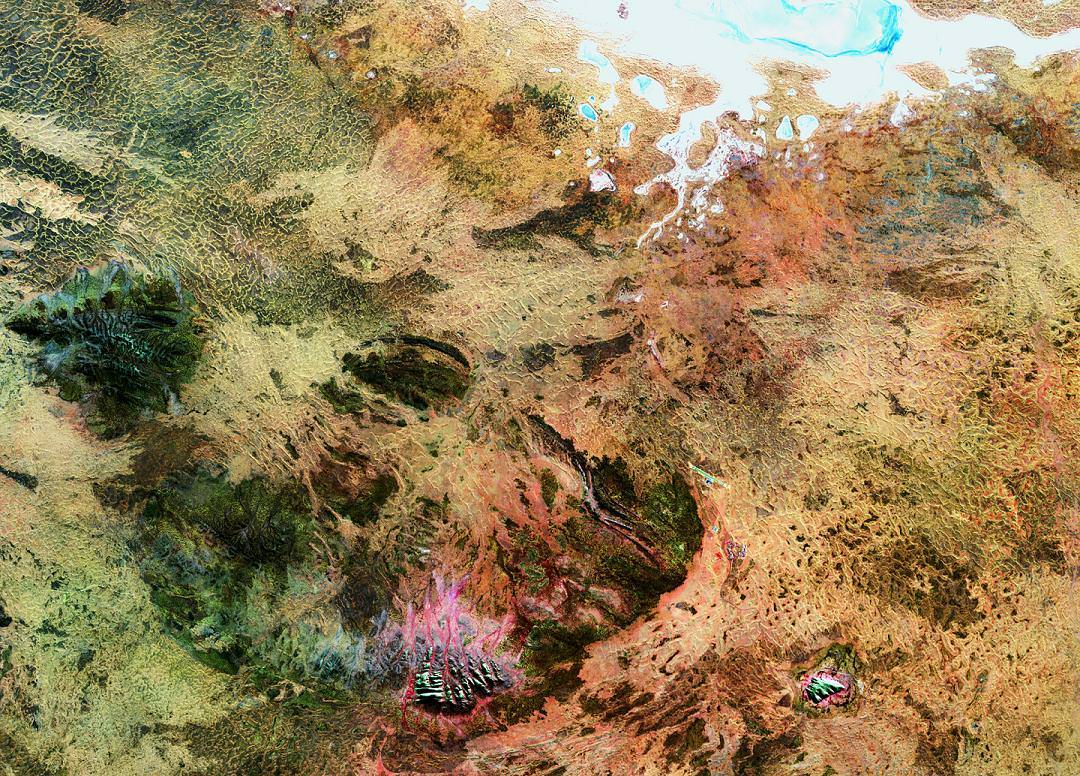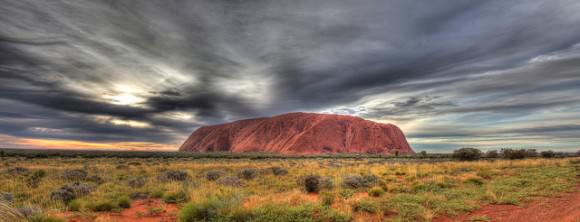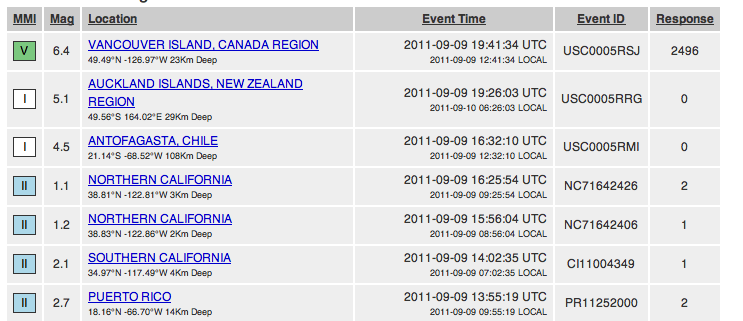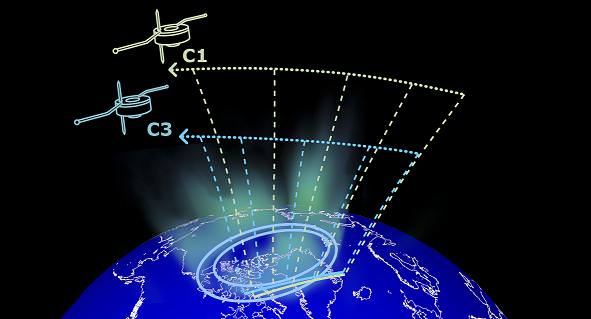[/caption]NASA and Japan recently announced a new and improved digital topographic map of Earth, which was produced with detailed measurements from NASA’s Terra spacecraft.
The new data covers over 99 percent of Earth’s landmass and spans from 83 degrees north latitude to 83 degrees south. Each elevation measurement point in the data is only 30 meters apart.
How were scientists able to improve on previous generations of detailed topographic maps?
The new model, known as a global digital elevation model, was created from images collected by the Japanese Advanced Spaceborne Thermal Emission and Reflection Radiometer, or ASTER, instrument aboard NASA’s Terra spacecraft. To create a “stereo pair” image,scientists can take two slightly offset images and combine them to create a three-dimensional effect of depth.
The previous version of the global digital elevation model was released in June of 2009 by NASA and Japan’s Ministry of Economy, Trade and Industry.
“The ASTER global digital elevation model was already the most complete, consistent global topographic map in the world,” said ASTER program scientist Woody Turner, “With these enhancements, its resolution is in many respects comparable to the U.S. data from NASA’s Shuttle Radar Topography Mission, while covering more of the globe.”
The ASTER team added 260,000 stereo-pair images to improve the previous model, which improved spatial resolution, increased horizontal and vertical accuracy, and provided the ability to identify lakes as small as 1 kilometer in diameter.
“This updated version of the ASTER global digital elevation model provides civilian users with the highest-resolution global topography data available,” said ASTER science team lead Mike Abrams. “These data can be used for a broad range of applications, from planning highways and protecting lands with cultural or environmental significance, to searching for natural resources.”
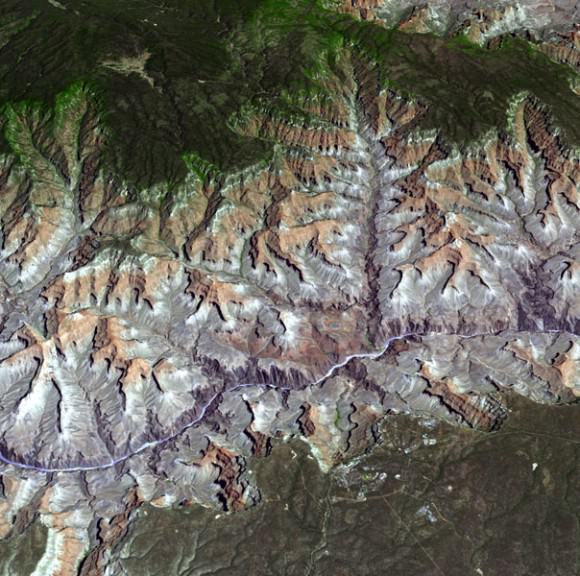
Joining together in a collaborative effort, NASA and METI are contributing data for the ASTER topographic map to the Group on Earth Observations, for use in the group’s Global Earth Observation System of Systems. No, the previous statement wasn’t a typo – the “system of systems” is an international effort, which uses shared Earth observation data to help monitor and forecast global environmental changes.
One of five instruments launched on Terra in 1999, ASTER acquires images from visible to thermal infrared wavelengths, with spatial resolutions ranging from about 15 to 90 meters. ASTER’s science team is a joint effort between the United States and Japan.
The ASTER data was validated by NASA, METI, Japan’s Earth Remote Sensing Data Analysis Center (ERSDAC), and the U.S. Geological Survey, with additional support from the U.S. National Geospatial-Intelligence Agency and other collaborators. NASA’s Land Processes Distributed Active Archive Center is handling the distribution of the new ASTER global digital elevation model.
If you’d like to download the ASTER global digital elevation model to study at no cost, you can do so at: https://lpdaac.usgs.gov/ or http://www.ersdac.or.jp/GDEM/E/4.html
To learn more about ASTER, or NASA’s Terra mission, visit: http://asterweb.jpl.nasa.gov/ and http://www.nasa.gov/terra
Source: NASA/JPL Press Release

